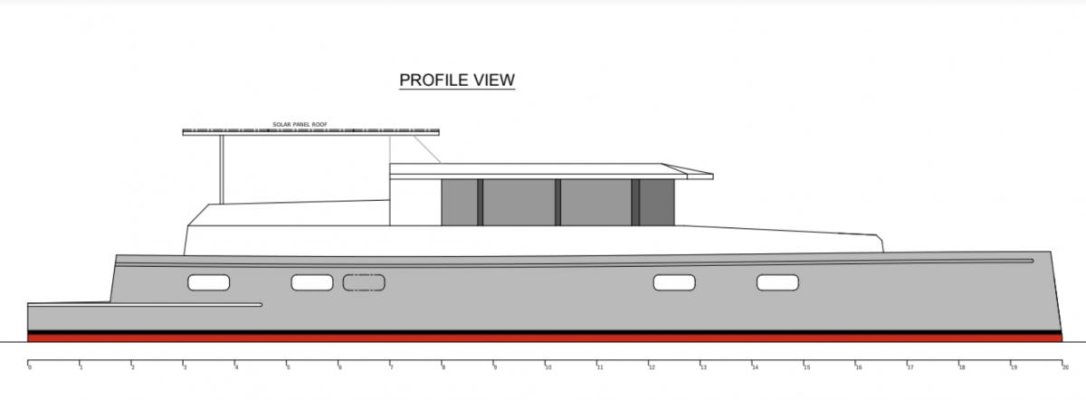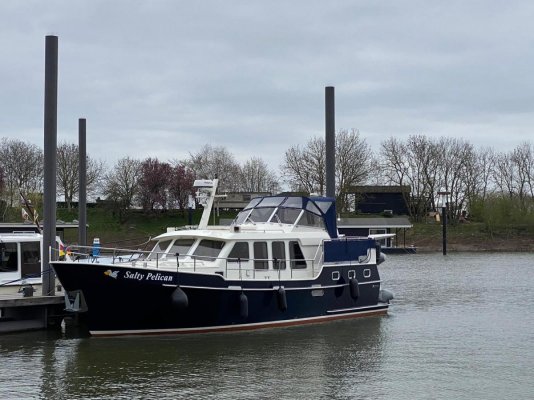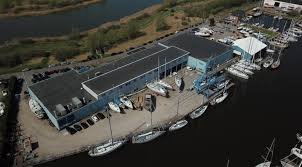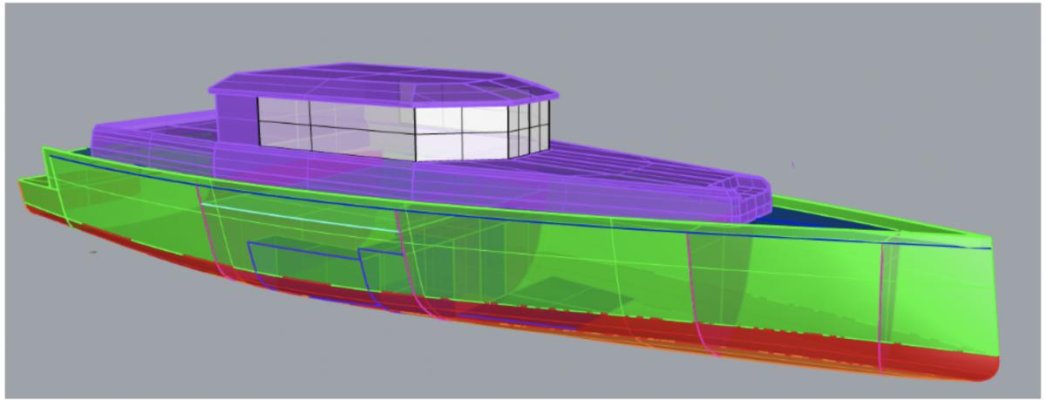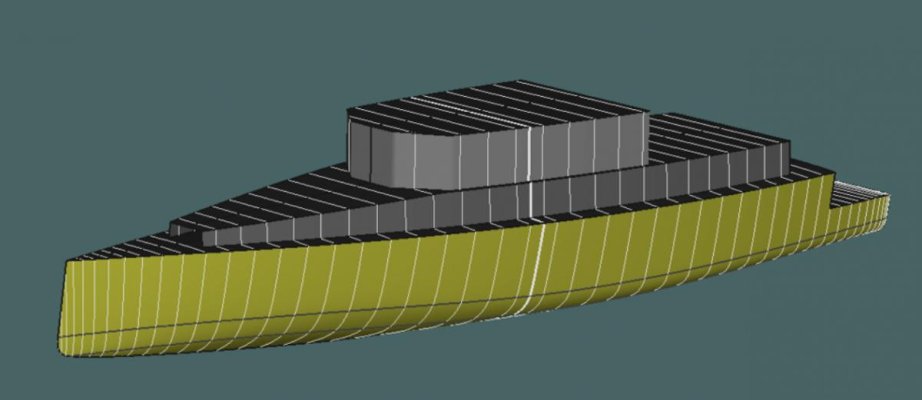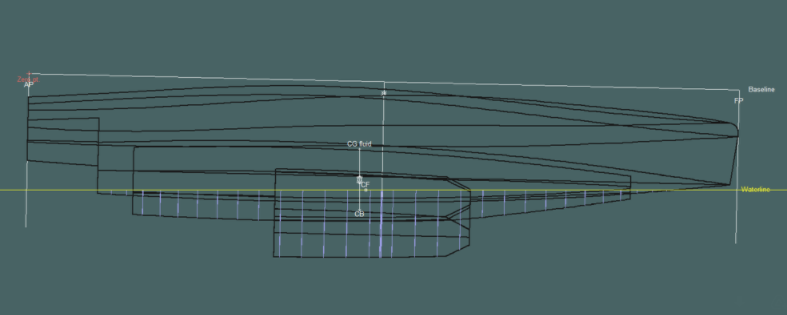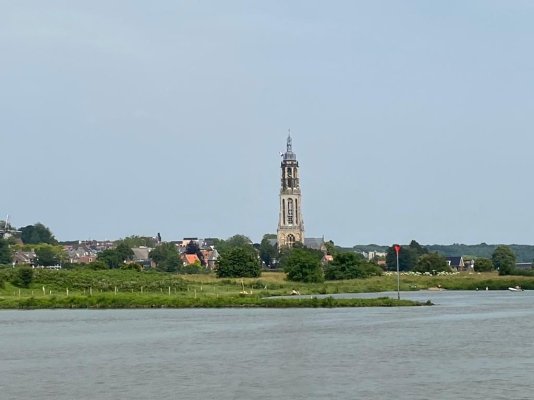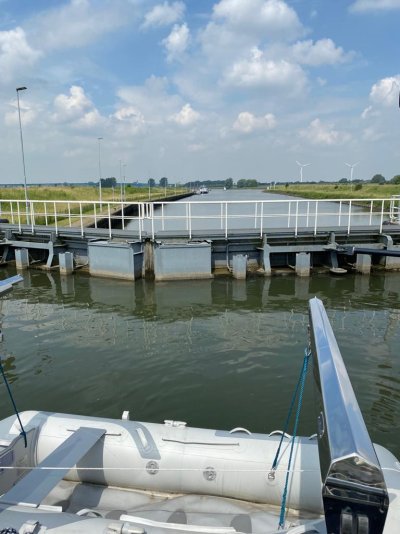Salty Pelican
Senior Member
- Joined
- Jun 15, 2021
- Messages
- 391
- Vessel Name
- Moonshine
- Vessel Make
- Jetten 50 MPC
So, we have decided to start designing and building our own passagemaker "Hammerhead"! After contemplating and discussing how to move ahead, after meeting more than a few naval architects, and after visiting many shipyards for over two years, we pulled the trigger and started the design phase!
We have set a number of parameters and goals:
- Hull lines before lay-out;
- Comfortable, efficient, and safe at sea;
- Couple operated;
- 65 feet LOA and LOW;
- Aluminium, round bilged, slender build with fine entry bow, and narrow stern;
- Single engine;
- Living, eating, cooking, and driving the boat on the same level;
- She should sleep four to six comfortably;
- Stamina, able to maintain high cruising speeds of up to 10 knots.
We hired a naval architect that seems to understand what the mss. and I want (fast displacement explorer with a focus on functionality, low running costs, that deals with various sea states relatively comfortably). Quite a relieve after discussing our plans in depth with two other architects first ... that simply felt better selling us one of their existing designs.
I'll try to inform you guys and galls on our progress. Once I figured out how to post pics, I'll share some designs as well. We are working on a Facebook page and a blog, and a website will follow in a few months.
Regards, Edwin and Veronika (currently owning Bruijs Kotter "Salty Pelican")
We have set a number of parameters and goals:
- Hull lines before lay-out;
- Comfortable, efficient, and safe at sea;
- Couple operated;
- 65 feet LOA and LOW;
- Aluminium, round bilged, slender build with fine entry bow, and narrow stern;
- Single engine;
- Living, eating, cooking, and driving the boat on the same level;
- She should sleep four to six comfortably;
- Stamina, able to maintain high cruising speeds of up to 10 knots.
We hired a naval architect that seems to understand what the mss. and I want (fast displacement explorer with a focus on functionality, low running costs, that deals with various sea states relatively comfortably). Quite a relieve after discussing our plans in depth with two other architects first ... that simply felt better selling us one of their existing designs.
I'll try to inform you guys and galls on our progress. Once I figured out how to post pics, I'll share some designs as well. We are working on a Facebook page and a blog, and a website will follow in a few months.
Regards, Edwin and Veronika (currently owning Bruijs Kotter "Salty Pelican")
Last edited:

